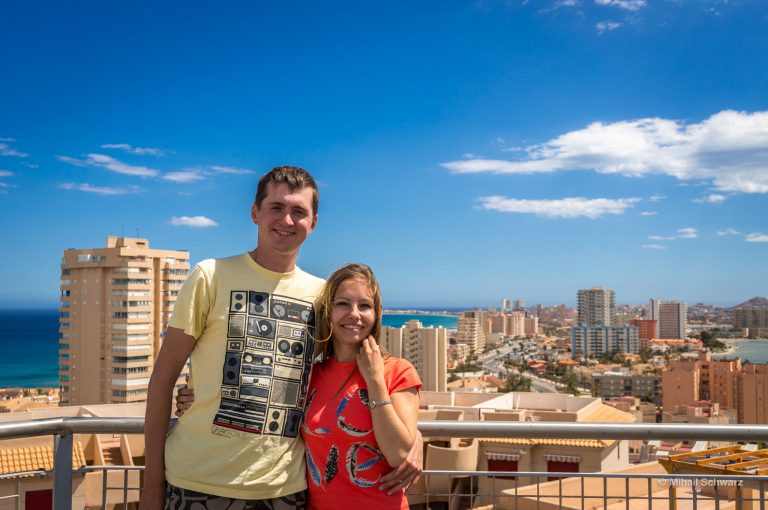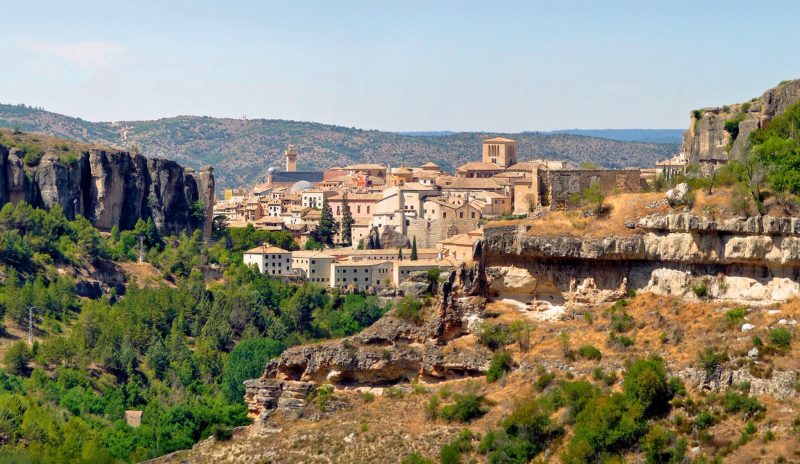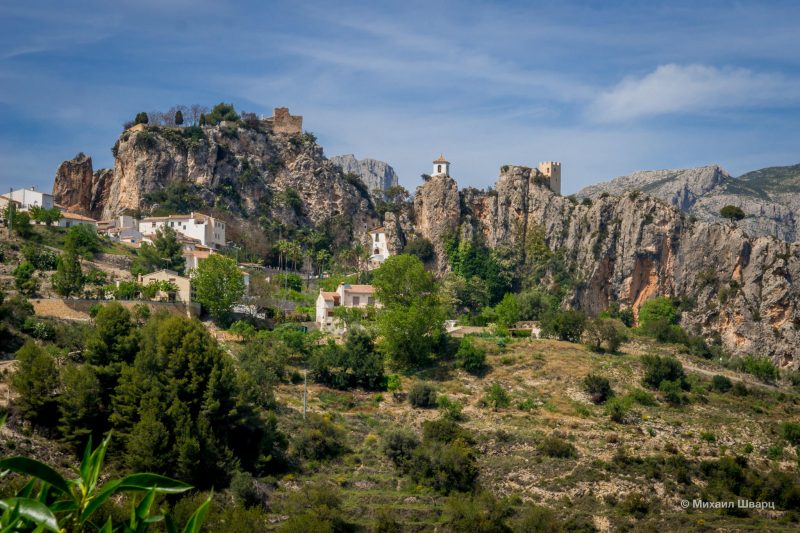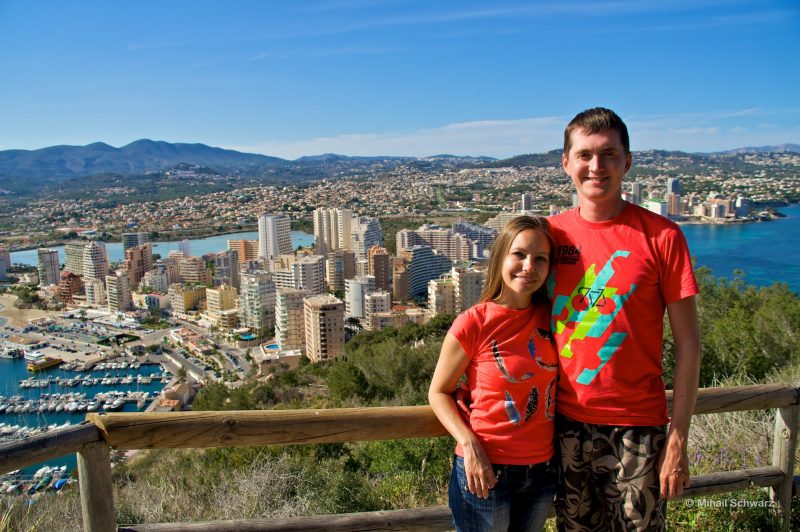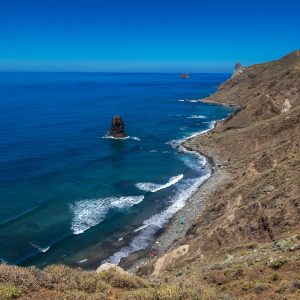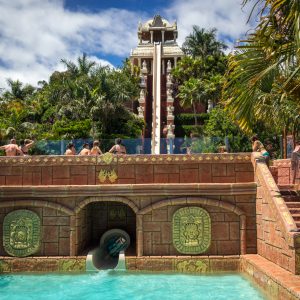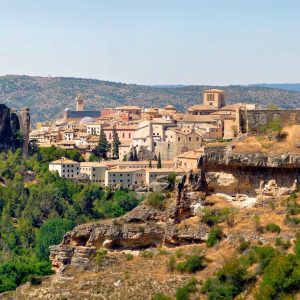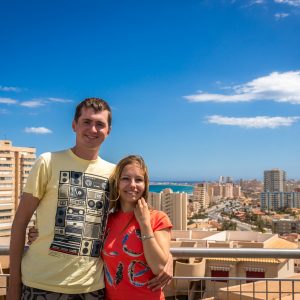In the province of Murcia, there is a unique natural reserve – the blue lagoon of the Mar Menor (Mar Menor). The name means “small sea.” The Small and Mediterranean Sea are separated by a narrow sand spit – La Manga. Its length is 22 km, width varies from 100 to 1200 meters.
The depth of the salty lagoon of about 135 km² does not exceed 7 m throughout. The Mar Menor Lagoon is never stagnant and is connected to the sea by four canals, one of which is equipped with a drawbridge.
There are five islands in the southern part of the Little Sea, all of them of volcanic origin: Perdiguera (Isla Perdiguera), Big Island (Isla Mayor), Sujeto (Isla del sujeto), Redonda (Isla redonda) and Siervo (Isla Ciervo).
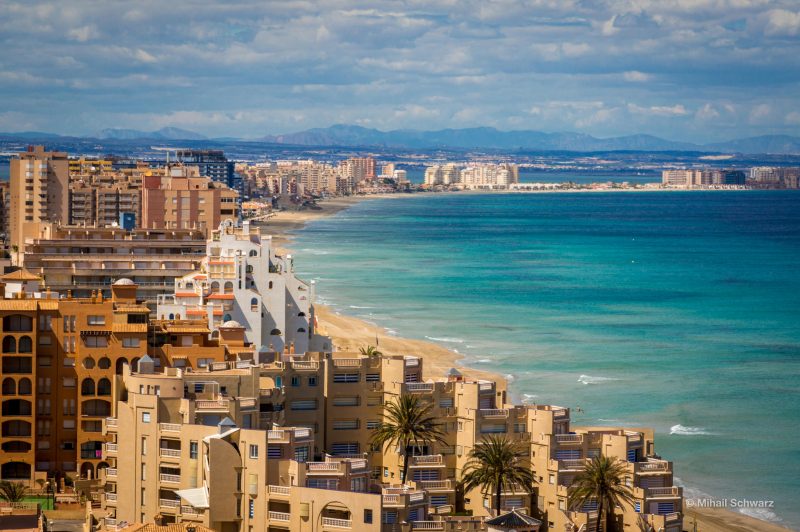
The Mar Menor has a warm, dry Mediterranean climate with an annual average temperature of 16-18ºC that never drops below 5ºC in winter and can rise to +38ºC in summer. But even on the hottest days, it doesn’t feel stuffy, thanks to the sea breezes. The rains are rare here and usually come in the fall or spring. Thanks to the unique climate, you can swim longer than anywhere else and do water sports all year round.
The waters of the Mar Menorah have been declared a Specially Protected Natural Area by the UN. There are no industrial plants producing emissions or effluents. The eco-friendly waters of the lagoon are home to seahorses and rare fish species, and the coast is home to many birds, including pink flamingos.
What Kind Of Vacation Do You
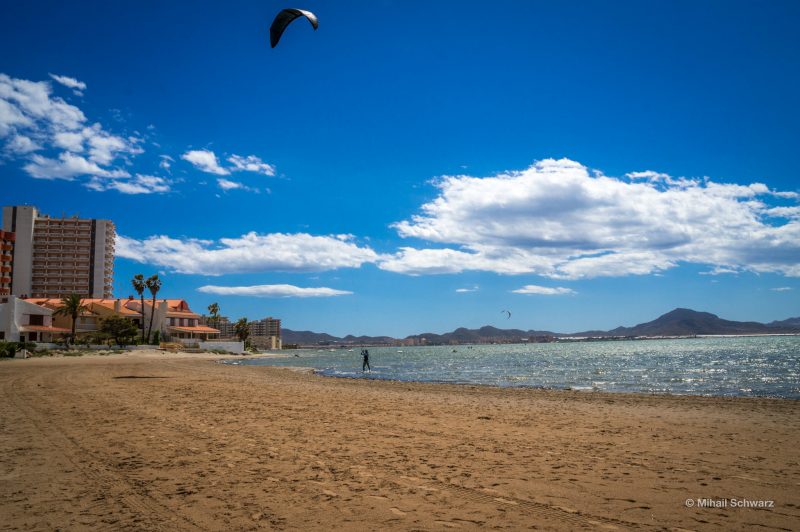
Those who like to lie in the sun will love the wide, clean, and sandy beaches of Mar Menor. In the high season, especially during the day, the water of the lagoon warms up to +34 °. The clean, calm water of the “small sea” as if by nature itself is intended for bathing children. Mar Menorah water and mud are high in iodine, salts, and minerals. Many mud cure centers and spas are opened in local hotels and all along the coast. And near Lo Pagán In the natural lagoon of the Mar Menor, you can enjoy a mud bath for free.
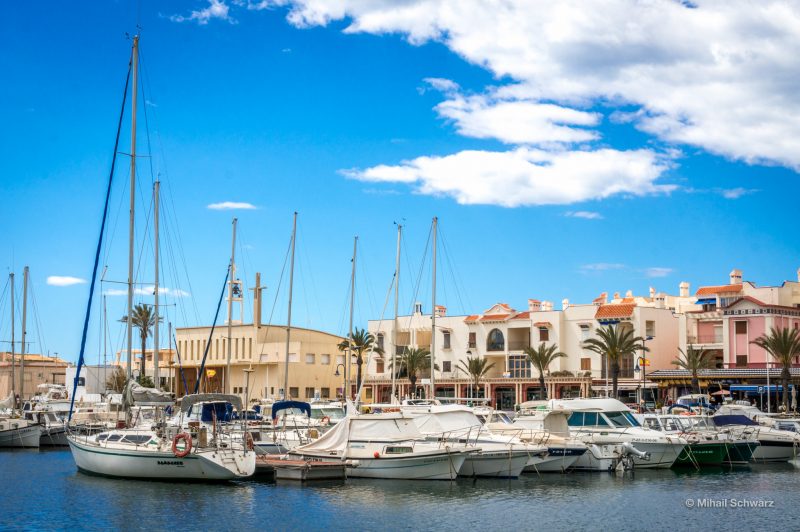
Sea clubs and rentals all along the coast offer kayaks and yachts for those who don’t want to lie on the beach. Diving centers invite beginners to take an introductory scuba diving course. At the same time, experienced divers can go to the Ormigas Islands to admire the unique underwater world and dive into ancient shipwrecks.
Because the Salt Lagoon is shallow, it teaches kids sailing and rowing, and there are also kiting schools. There are scooter races on the Mar Menor, and there are even unique places for modelers with controllable models.
Professional wind and kitesurfing can be done on the waves of the Mediterranean Sea.
Events, Holidays, Activities
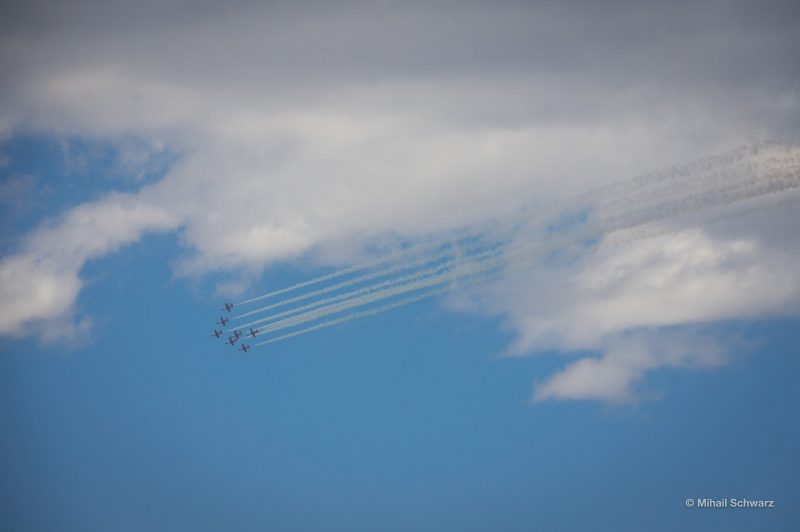
Every year in February in the town of Santiago de la Ribera on the Mar Menorah, the inhabitants hold a carriage and horse competition. Every year in May, the stages of the European aqua-bike championship are held, during which time all the local beaches are littered with spectators watching the dynamic scooter competitions. In early May, bikers, the “kings of the highways,” parade through the towns of Mar Menorah. The colorful procession lasts for three days.
How To Get To Mar Menor
The Aeropuerto de Murcia-San Javier is right on the coast of the Mar Menor near the city of San Javier. It serves both domestic and international flights.
To get to the Mar Menor from Madrid, Barcelona or Valencia by bus or train you must first arrive in Murcia, and from the bus station in Murcia take a local bus that will take you to the coast of the small sea.
Cities-resorts On The Mar Menor
The Mar Menor coast is full of beaches and small towns that were once fishing villages. Here are the biggest of them all.
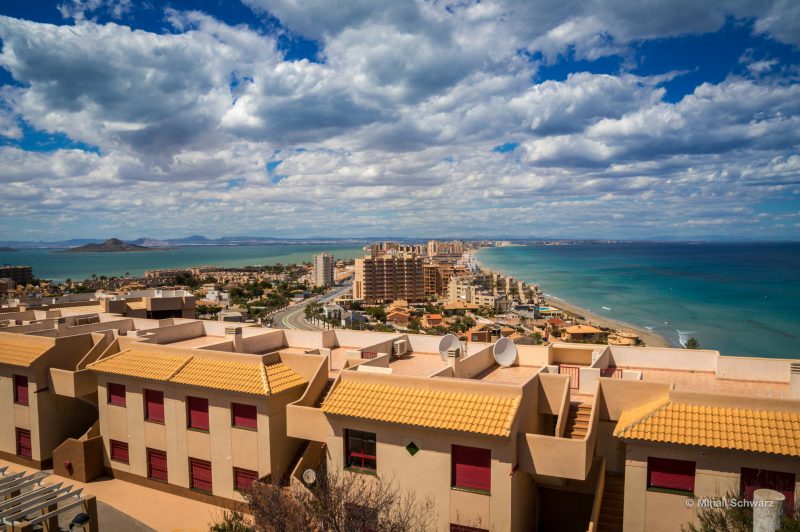
La Manga del Mar Menor (La Manga del Mar Menor) is on a sandbar. Due to its proximity to two seas, it is a popular resort area with many beaches, hotels, and entertainment venues.
The difference in temperature between the warm water of the lagoon and the colder Mediterranean waves creates a unique microclimate in La Manga. There is neither a debilitating heat nor a severe cold.
While vacationing in this unique place, you can choose between seas with different temperatures, different salt concentrations, and levels of calm water every day. On the beaches of Mar Menor, there are almost no waves, the salt content is higher, and the water is warmer.
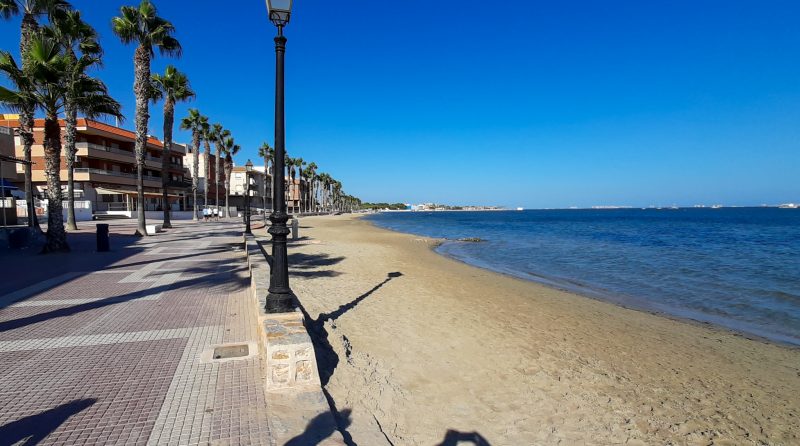
If you move from the south of the salt lagoon, the first solid city on the mainland is Los Alcázares . The main asset of the town are the beaches. They are all sandy, with clean, clear water and have Blue Flag awards. All beaches are specially equipped for people with disabilities:
- Playa de La Concha
- Playa Carrión
- Playa de Manzanares
- Playa del Espejo
- Playa de Las Palmeras
- Playa de Los Narejos
- Playa de Las Salinas
The most crowded of the beaches is Playa de Manzanares. And Playa de Los Narijos has sailing, kitesurfing, and canoeing schools. On Playa del Espejo, a bronze monument is dedicated to the fishermen who sustained the economy in past centuries.
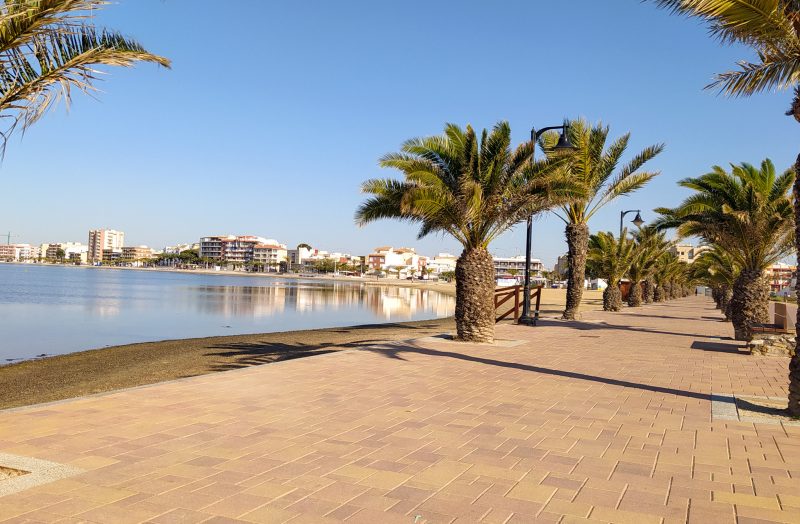
To the lagoon’s north are San Pedro del Pinatar, San Javier, and Santiago de la Ribera. San Pedro del Pinatar and Santiago de la Ribera attract tourists with their clean sandy beaches, while San Javier has “all life” so they seem to merge into one.
The town of San Pedro del Pinatar is the most famous resort of the Mar Menorah. In ancient times, artificial salt lakes were created here. The therapeutic mud on these lakes can still be used free of charge (the approaches to the reservoirs are landscaped). The therapeutic grounds of the Mar
Menorah spas are widely known in Europe – they are used to produce effective cosmetics.
In these places, you can see the old mills used to be used to extract salt. Industrial salt mining is still going on here today.
Mar Menor Sights
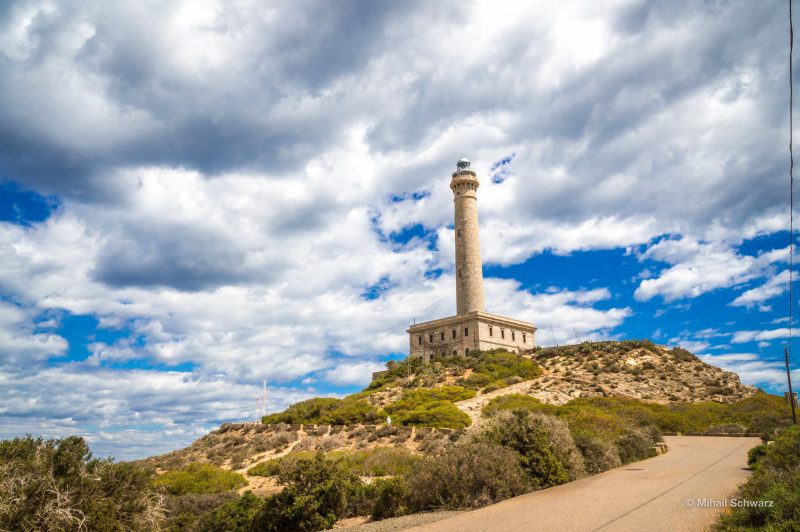
The main attraction here is the large and beautiful lighthouse. Built back in 1865 – Faro de Cabo de Palos. It is located on the Cabo de Palos cape, which is close to the southern part of the Lesser Sea. You can reach the lighthouse by a winding asphalt road or take a shortcut by climbing a steep staircase. The lighthouse is active, so it is not allowed to enter, but from the lighthouse platform, there is a beautiful view of La Manga and the Mediterranean Sea.
In the northern part of the Little Sea in Salinas y Arenales de San Pedro del Pinatar park, you can walk along specially paved paths and watch pink flamingos fish in the shallows.
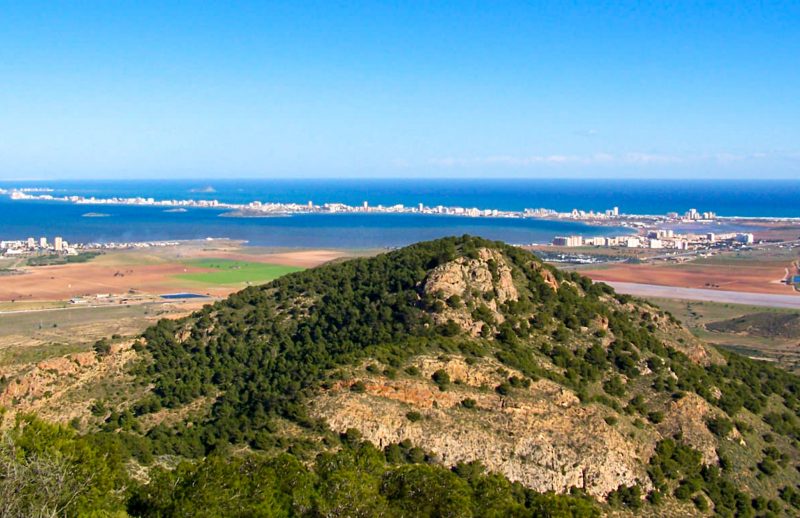
Walk to the summit of Cabezo de la Fuente. It is a 3 km road uphill that goes through a pine forest. To start climbing, you must go through the village of Los Belones to Las Barracas. At the end of the road, you can leave your car and rise to the top of the mountain, which offers a beautiful view of the Mar Menor and La Manga.
Those who want to see architecture’s cultural and historical monuments can go to Murcia or Cartagena.

